Signs It's Time for a Roof Replacement: Don't Ignore These Red Flags
Your home's roof is its first line of defense against the elements, protecting you and your loved ones from rain, wind, snow, and harsh sunlight. Over time, however, even the sturdiest roofs can start showing signs of wear and tear. Ignoring these red flags can lead to more significant issues down the line, potentially causing structural damage and costly repairs. In this
comprehensive guide, we'll walk you through the crucial signs that indicate it's time for a roof replacement. Don't wait until it's too late—pay attention to these warning signs and ensure your home remains a safe and comfortable haven.
1. Age of the Roof
The age of your roof is one of the primary factors to consider when evaluating whether it's time for a replacement. Different roofing materials have varying lifespans, influenced by factors like the climate of your region, the quality of installation, and the level of maintenance the roof has received.
- Asphalt Shingles: Most residential roofs in the United States are covered with asphalt shingles. These shingles typically last around 20 to 25 years. If your asphalt shingle roof is approaching or has surpassed this age range, it's a good idea to start thinking about a replacement, even if the shingles appear to be in decent condition from the ground.
- Wood Shingles and Shakes: Wood shingles and shakes offer a natural and rustic aesthetic. They tend to have a lifespan of around 20 to 30 years. However, this lifespan can be affected by the type of wood used, the climate, and the presence of regular maintenance to prevent issues like rot and mold.
- Metal Roofing: Metal roofs, whether made from steel, aluminum, or other alloys, are known for their durability and longevity. They can last anywhere from 40 to 70 years or more. However, their lifespan can vary depending on the coating used, the quality of installation, and the potential for corrosion in coastal areas.
- Slate and Tile Roofing: Slate and tile roofs are renowned for their elegance and resilience. These roofs can last well over 50 years and sometimes even a century. The key to their longevity lies in the high-quality materials and the meticulous craftsmanship involved in their installation.
- Factors Affecting Lifespan: Keep in mind that the lifespan of any roofing material can be significantly influenced by the local climate. Extreme temperatures, heavy rainfall, hail, snow, and intense sunlight can all contribute to wear and tear. Additionally, the quality of installation plays a crucial role. A poorly installed roof may not reach its expected lifespan, regardless of the material used.
It's important to note that while age is a key factor, it's not the only consideration when determining whether to replace your roof. Even if your roof is relatively young, other signs such as extensive damage, leaks, or visible deterioration may warrant a replacement. Regular inspections by a professional roofing contractor can help you make an informed decision about the state of your roof and the best course of action.
2. Curled or Buckled Shingles
Take a moment to observe your roof's shingles. If you notice shingles that are curling, buckling, or appear to be losing granules, these are clear warning signs. Curling shingles can allow moisture to seep in, leading to leaks and water damage. Moreover, granule loss can impact the shingles' ability to protect your home from UV rays, accelerating their deterioration.
3. Missing Shingles
Strong winds, storms, and general wear can cause shingles to become dislodged or completely blown off. If your roof has noticeable gaps or areas where shingles are missing, it's crucial to address this issue promptly. Missing shingles can expose the underlying layers of your roof to water infiltration and compromise its integrity.
4. Algae, Moss, and Mold Growth
The growth of algae, moss, or mold on your roof isn't just unsightly—it's a sign that your roof might be retaining moisture. These organisms can trap moisture against the shingles, leading to premature deterioration. Regularly cleaning your roof and ensuring proper ventilation can help prevent this issue, but if growth is extensive, it might be time for a replacement.
5. Leaks and Water Stains
Water stains on your ceilings or walls are glaring indicators of a roof leak. If you've been experiencing leaks, especially recurrent ones, it's critical to have a professional assess the situation. Leaks can result from damaged flashing, deteriorated shingles, or even an aging roof deck. Ignoring leaks can lead to significant interior damage and compromised structural integrity.
6. Sagging Roof
A sagging roof is a serious concern that demands immediate attention. It could suggest a structural issue with the roof deck or even the home's foundation. A sagging roof is not only unsightly but also dangerous. If you notice any sagging or dipping areas on your roof, consult a
roofing professional without delay.
7. Granules in Gutters
During regular maintenance, inspect your gutters and downspouts for an accumulation of granules. Shingle granules can become dislodged over time, especially as the shingles age. Excessive granule loss can impact the shingles' ability to protect your roof from the sun's harmful rays and can also clog your gutters, leading to drainage issues.
8. High Energy Bills
If your energy bills have been steadily climbing, your roof might be to blame. An old or poorly insulated roof can allow heat to escape during the winter and intrude during the summer. This forces your heating and cooling systems to work harder, driving up energy costs. A new, energy-efficient roof can lead to substantial savings over time.
9. Visible Sunlight in the Attic
Head up to your attic during daylight hours and turn off all lights. If you see visible beams of sunlight coming through the roof boards, it's a definite sign of trouble. This indicates gaps or holes in your roof's structure that can also allow water to enter during rainstorms.
10. Cracked or Bowed Roof Valleys
Roof valleys are critical components of your roofing system, responsible for channeling rainwater and snowmelt off the roof and into the gutters. These V-shaped channels run along the intersections where two sloping roof surfaces meet. When roof valleys are compromised, it can lead to water pooling, leaks, and even structural damage. If you observe cracked, bowed, or otherwise damaged roof valleys, it's a clear sign that your roof's protective integrity is compromised.
Causes of Damage:
- Debris Accumulation: Leaves, twigs, and other debris can accumulate in the valleys over time, preventing proper water flow. This excess weight can cause the valley to bow or crack under the pressure.
- Ice Dams: In colder climates, ice dams can form along the roof edges and in the valleys. As snow and ice melt and refreeze, they can lift and crack shingles, creating openings for water to seep through.
- Poor Installation: If the valleys were not properly installed or were not adequately sealed, they are more susceptible to damage from weather conditions and wear.
- Foot Traffic: Excessive foot traffic on the roof, particularly in the valleys, can weaken and damage the shingles and underlying structure.
Consequences of Damaged Valleys:
When your roof valleys are compromised, several issues can arise:
- Leaks: Damaged valleys are prone to leaks, which can lead to water infiltration and damage to the interior of your home, including walls, ceilings, and insulation.
- Premature Deterioration: Water pooling in the valleys can lead to the deterioration of roofing materials, including shingles, underlayment, and decking.
- Structural Damage: Water infiltration can compromise the structural integrity of your roof's decking and framing, leading to costly repairs.
Addressing Damaged Valleys:
If you notice any signs of damage to your roof valleys, it's crucial to take action promptly:
- Professional Inspection: Contact a roofing professional to conduct a thorough inspection of the valleys and the entire roofing system.
- Repairs: Depending on the extent of the damage, repairs might involve replacing cracked or damaged shingles, realigning bowed areas, and ensuring proper water flow.
- Preventive Measures: To prevent future damage, consider installing gutter guards to prevent debris accumulation, improving attic insulation to prevent ice dams, and avoiding unnecessary foot traffic on the valleys.
- Valley Replacement: In some cases, if the damage is extensive and the valleys are beyond repair, it might be necessary to replace the entire valley system.
Conclusion
Your roof is an investment in the safety and well-being of your home. Don't ignore the warning signs that indicate it's time for a replacement. From curled shingles to visible leaks, these red flags are your home's way of communicating its need for attention. Regular inspections, prompt repairs, and investing in a quality roof replacement when necessary can help you avoid costly repairs down the road and maintain a secure and comfortable living environment for years to come. If you've noticed any of these signs, it's wise to consult a professional roofing contractor to assess the state of your roof and recommend the best course of action.
For homeowners in Janesville, WI, one of the best service providers in the roofing industry is Weather Seal Insulation and Roofing, LLC. With a commitment to excellence and a track record of delivering top-notch roofing solutions, they are your trusted partner in maintaining the integrity of your home's roof. You can reach out to them at (608) 330-3626 to schedule a consultation and assessment of your roofing needs.
Addressing roofing issues early on can save you from more extensive damage and greater expenses in the future. By partnering with professionals like Weather Seal Insulation and Roofing, LLC, you're taking a proactive step towards ensuring the longevity, safety, and value of your home. Don't wait—give them a call today to discuss your roofing concerns and find the best solutions for your needs.
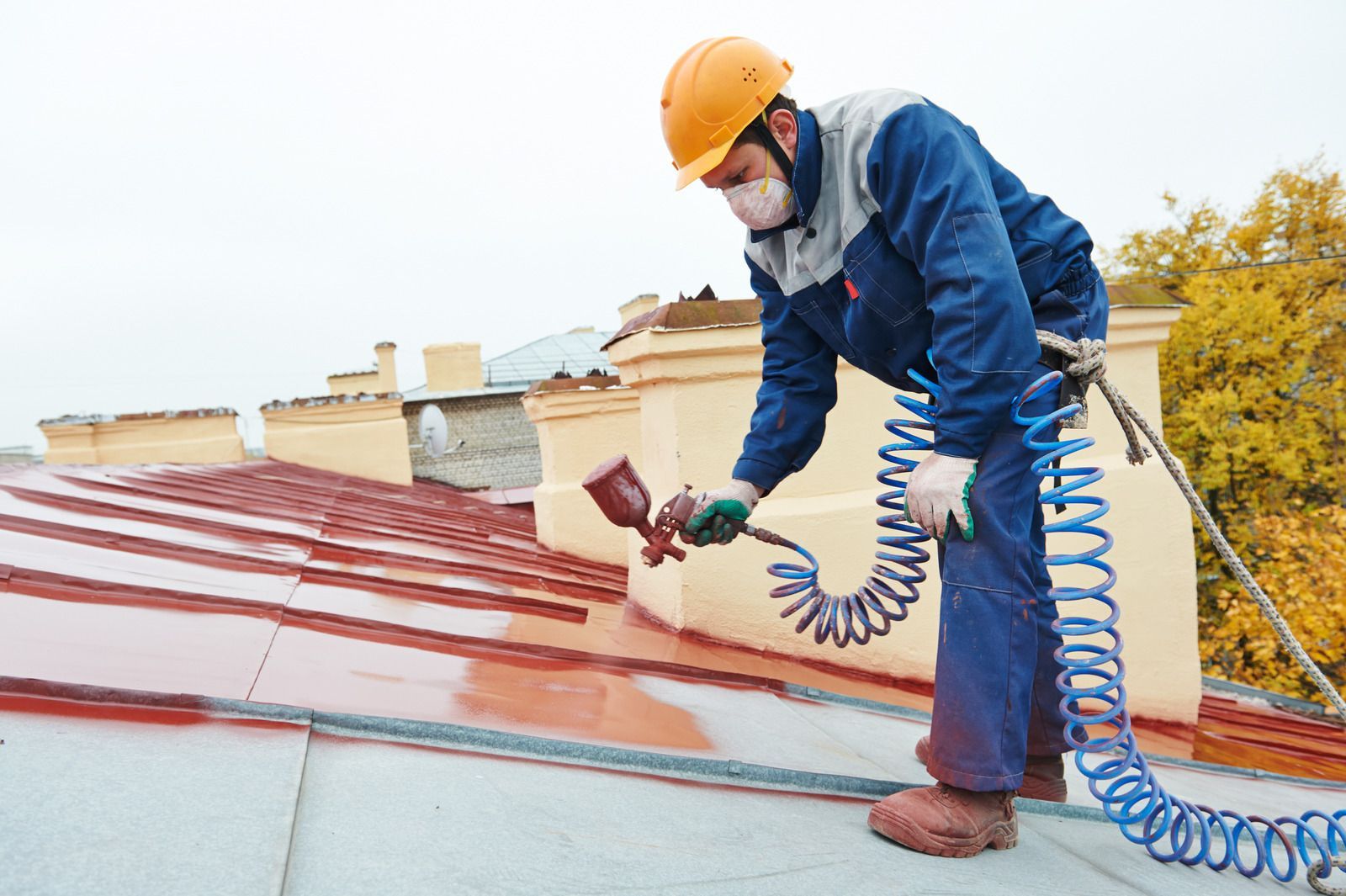
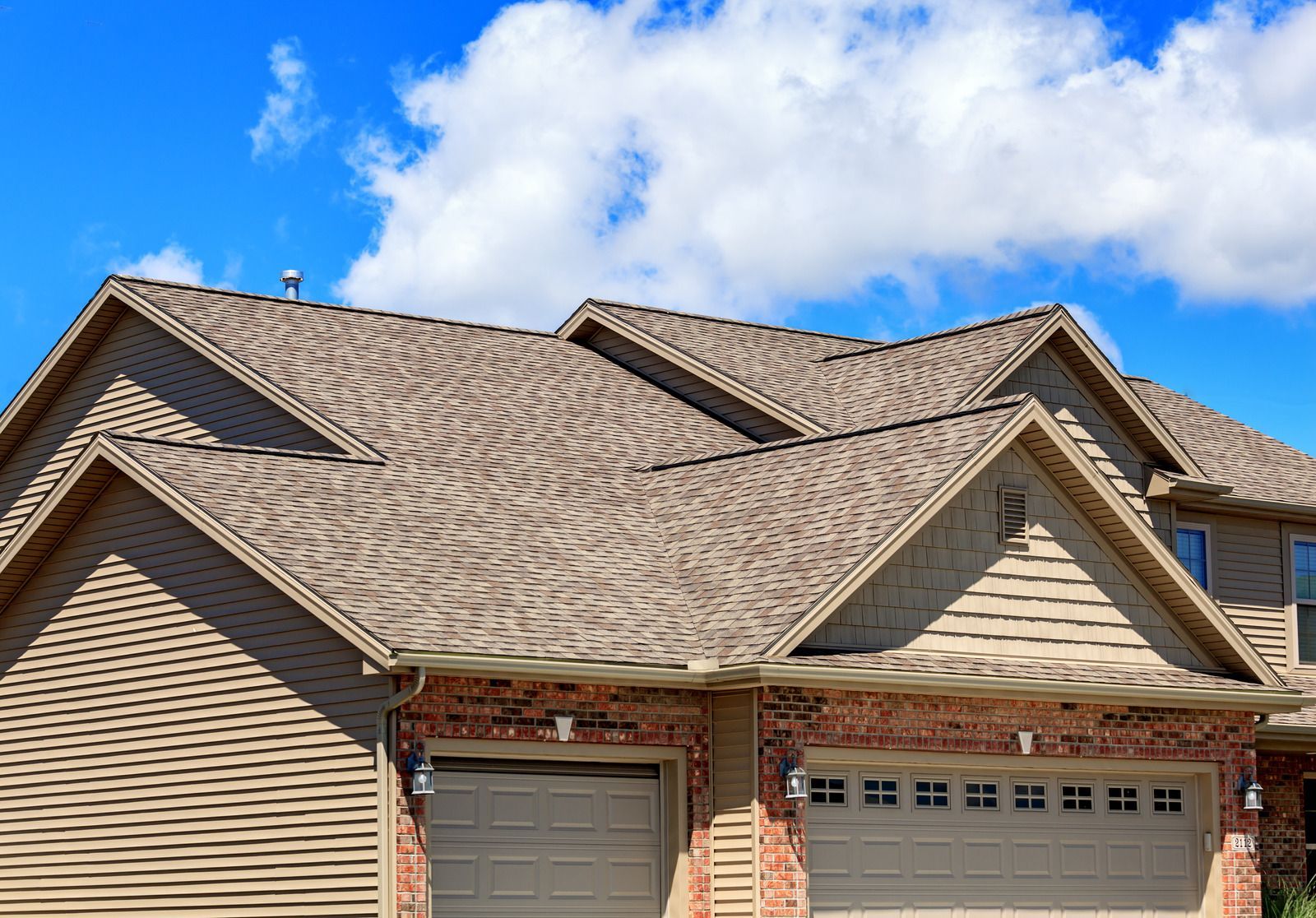

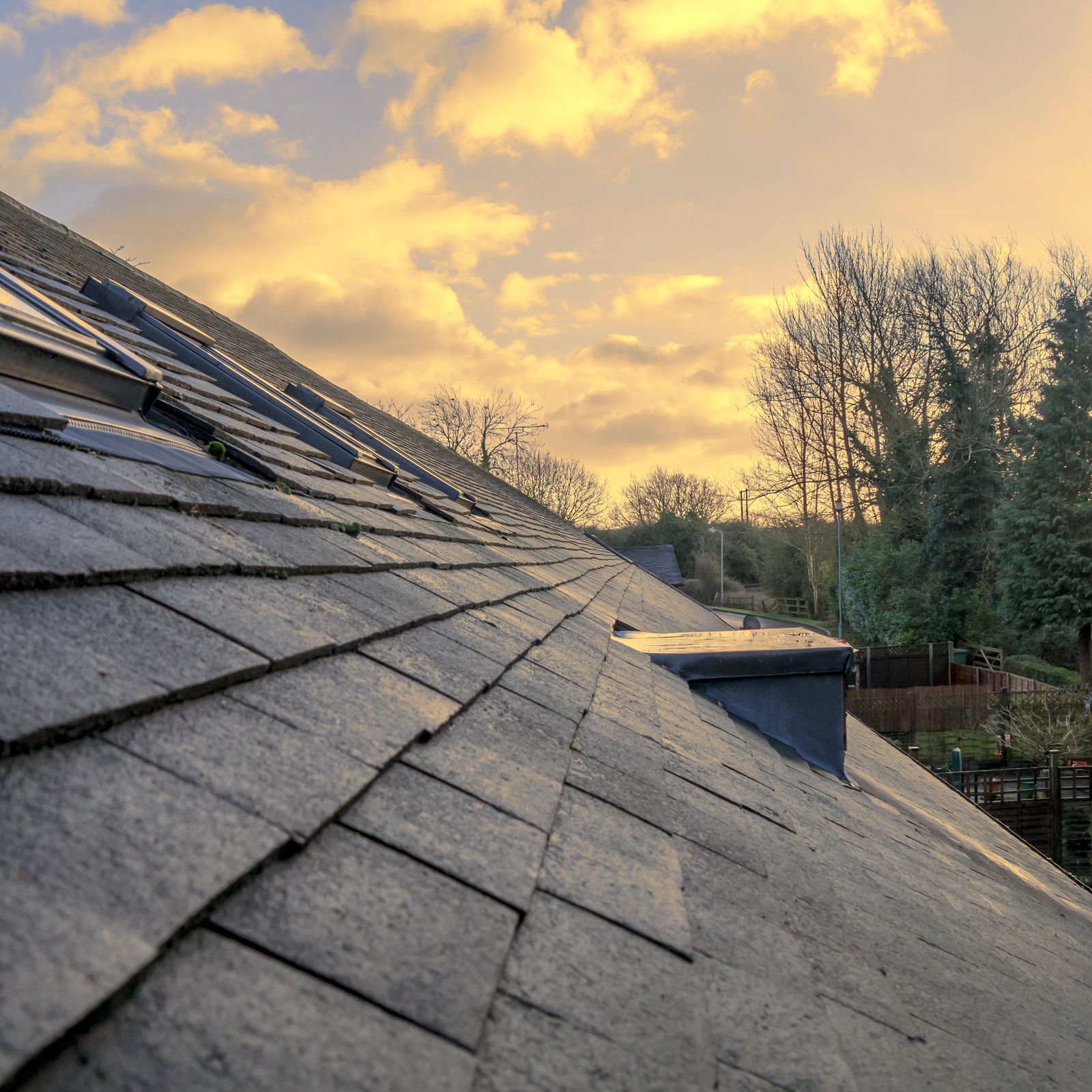

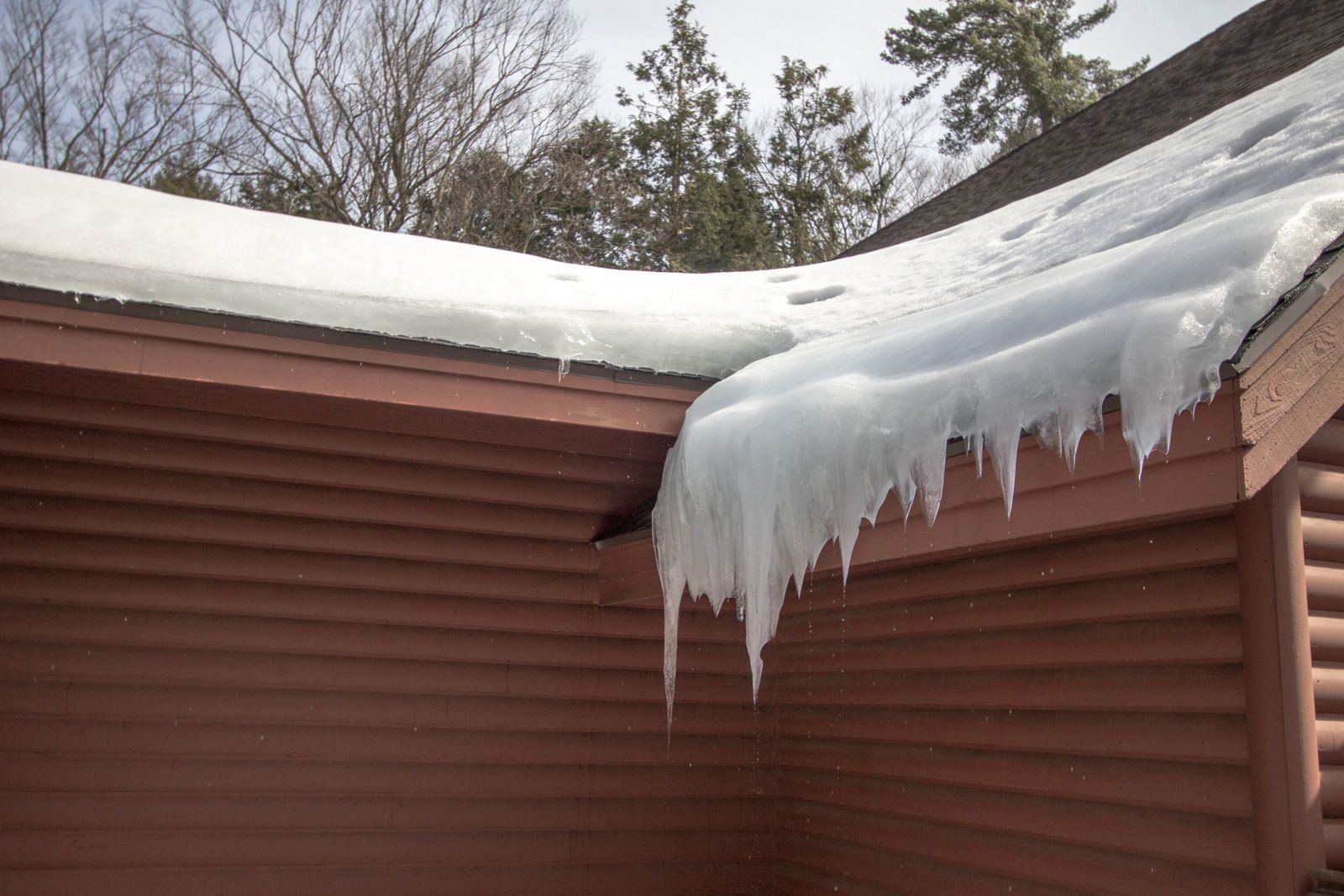
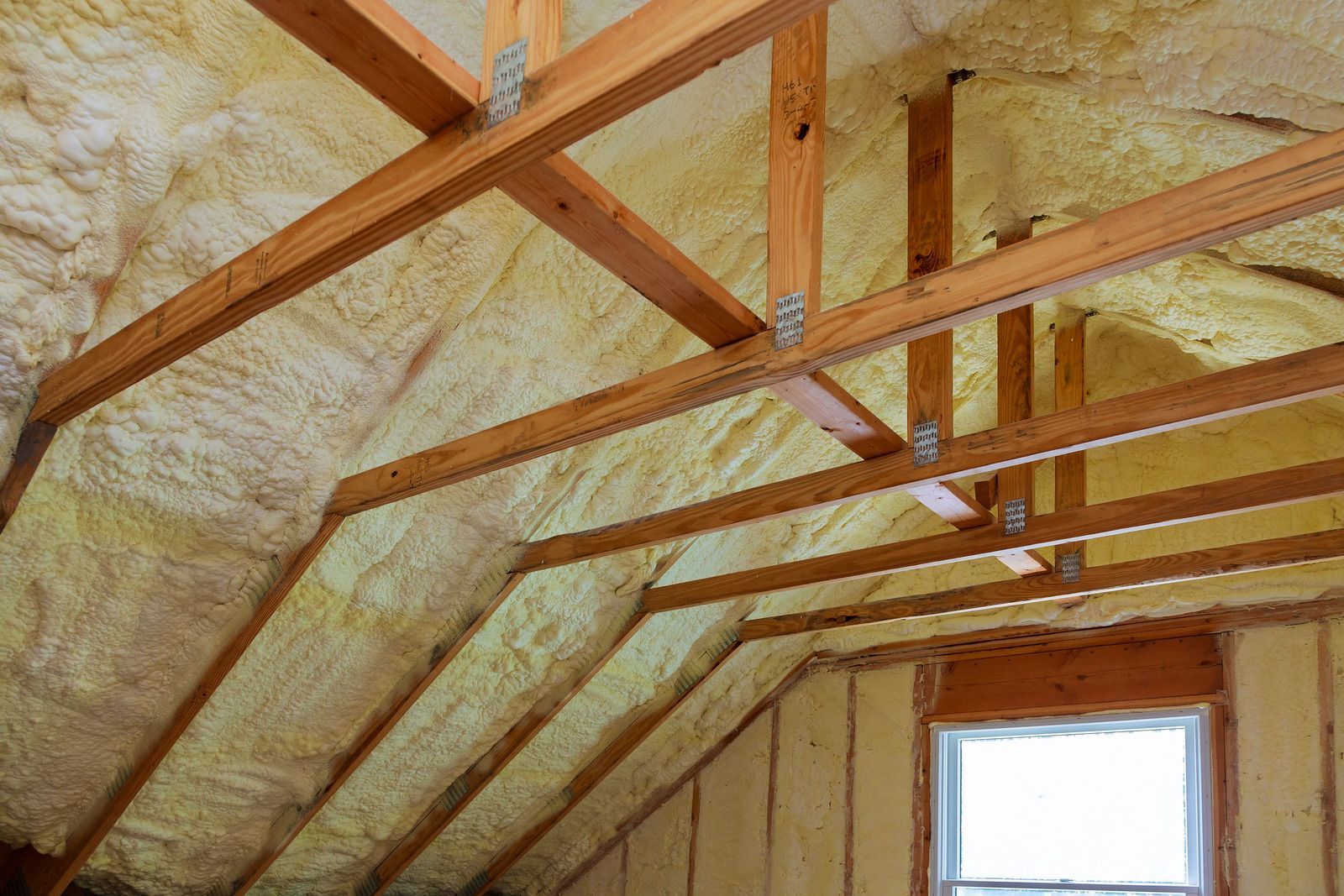
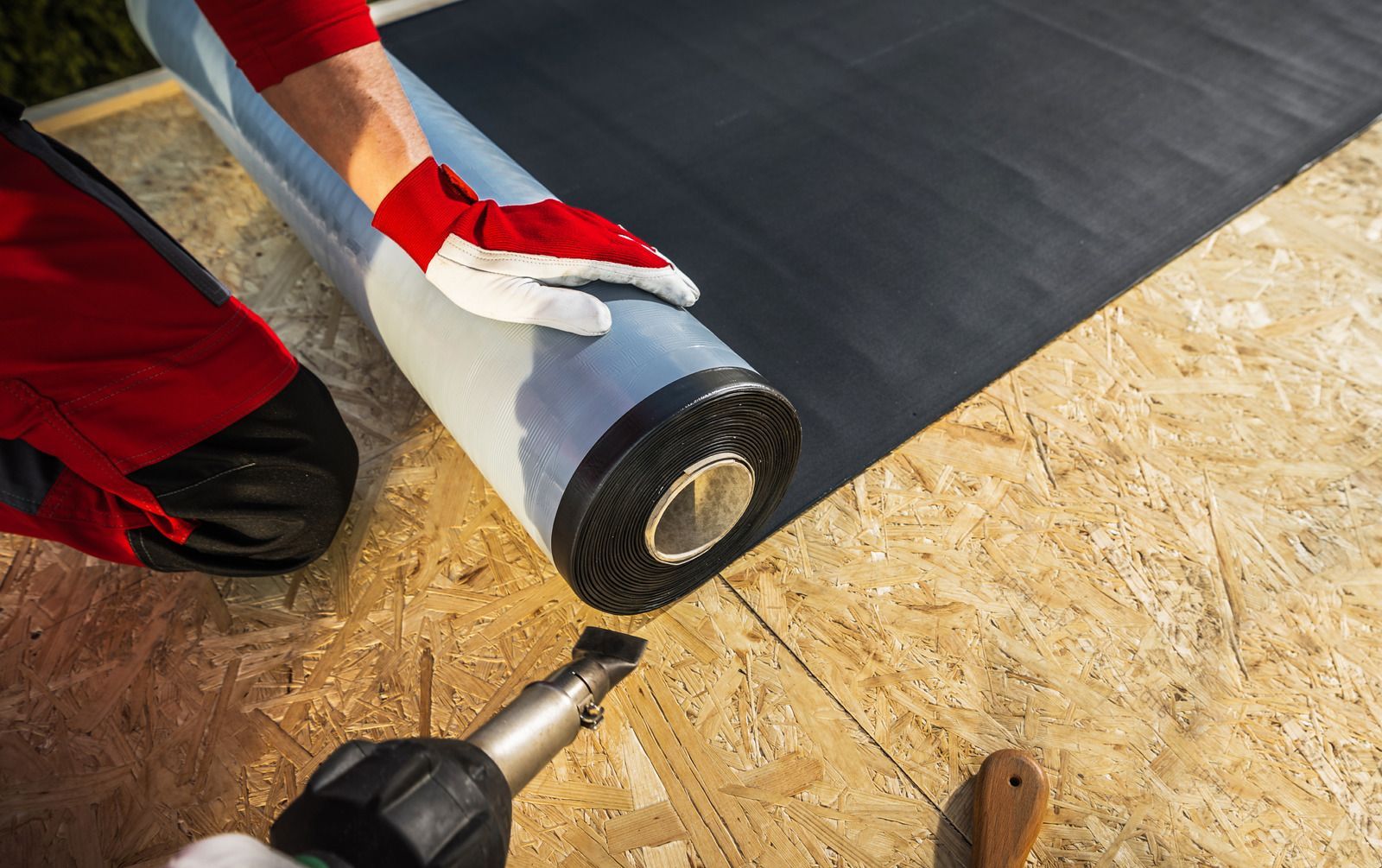
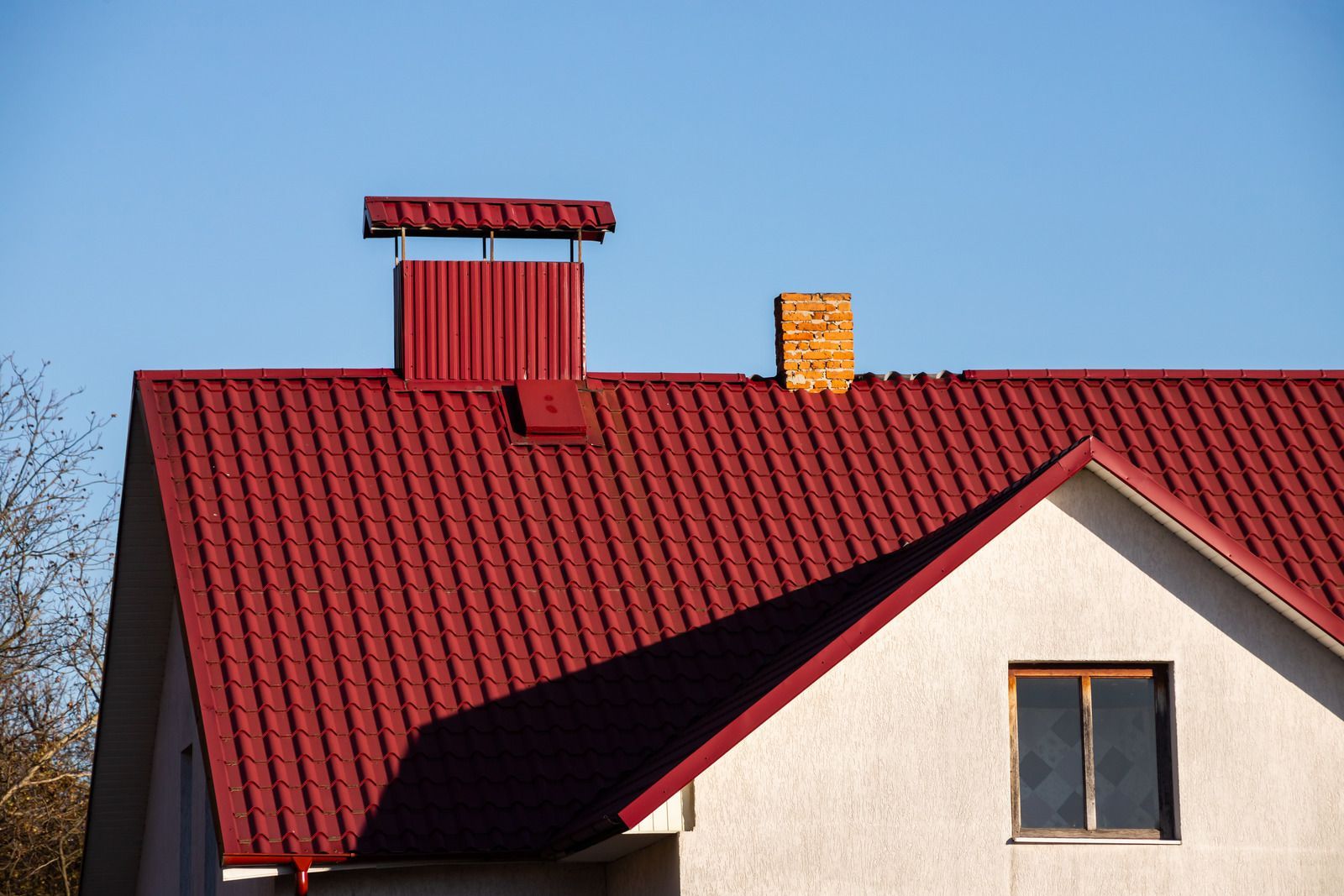
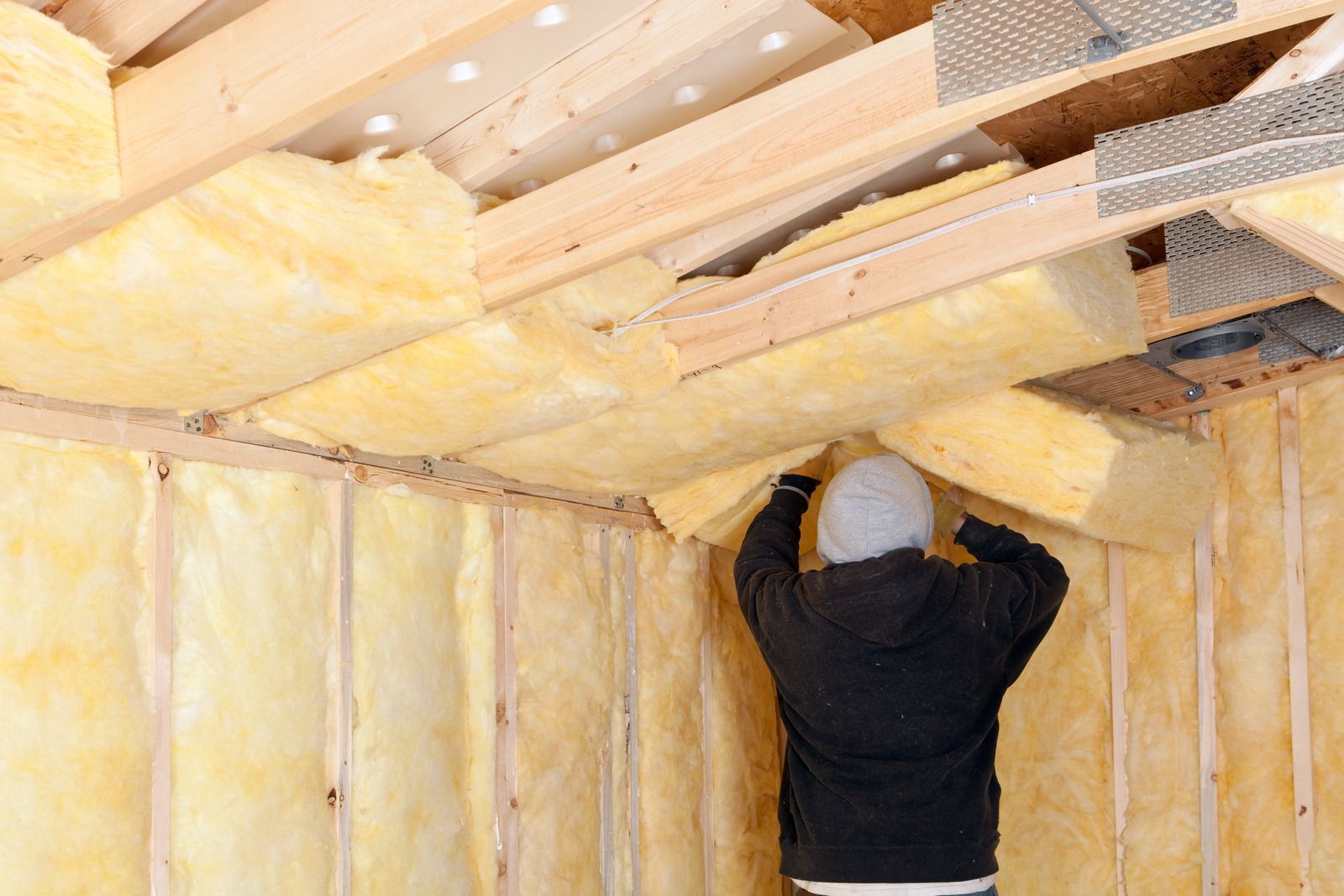
CONTACT US
Thank you for contacting us.
We will get back to you as soon as possible.
Oops, there was an error sending your message.
Please try again later.
AREAS WE SERVE
- Edgerton, WI
- Milton, WI
- Whitewater, WI
- DeForest, WI
- Evansville, WI
- Roscoe, IL
- Loves Park, IL
- Machesney Park, IL
- Oregon, WI
- South Beloit, IL
- Belvidere IL
- Harvard IL
Services
quick links
contact us
Weather Seal Insulation and Roofing, LLC
BUSINESS HOURS
- Mon - Fri
- -
- Sat - Sun
- Closed
Emergency Services Available
